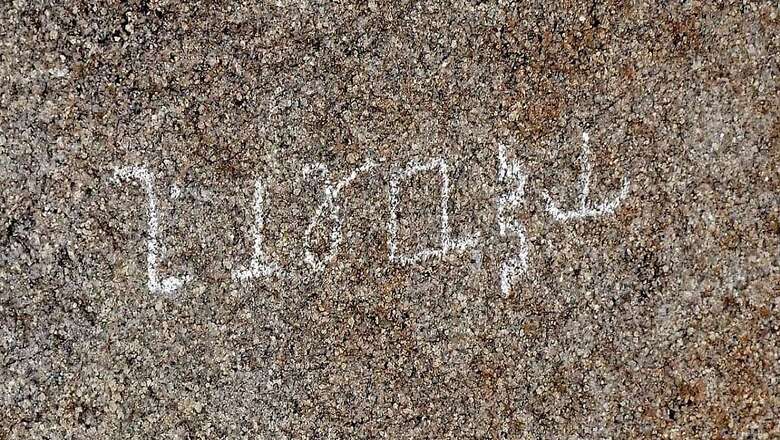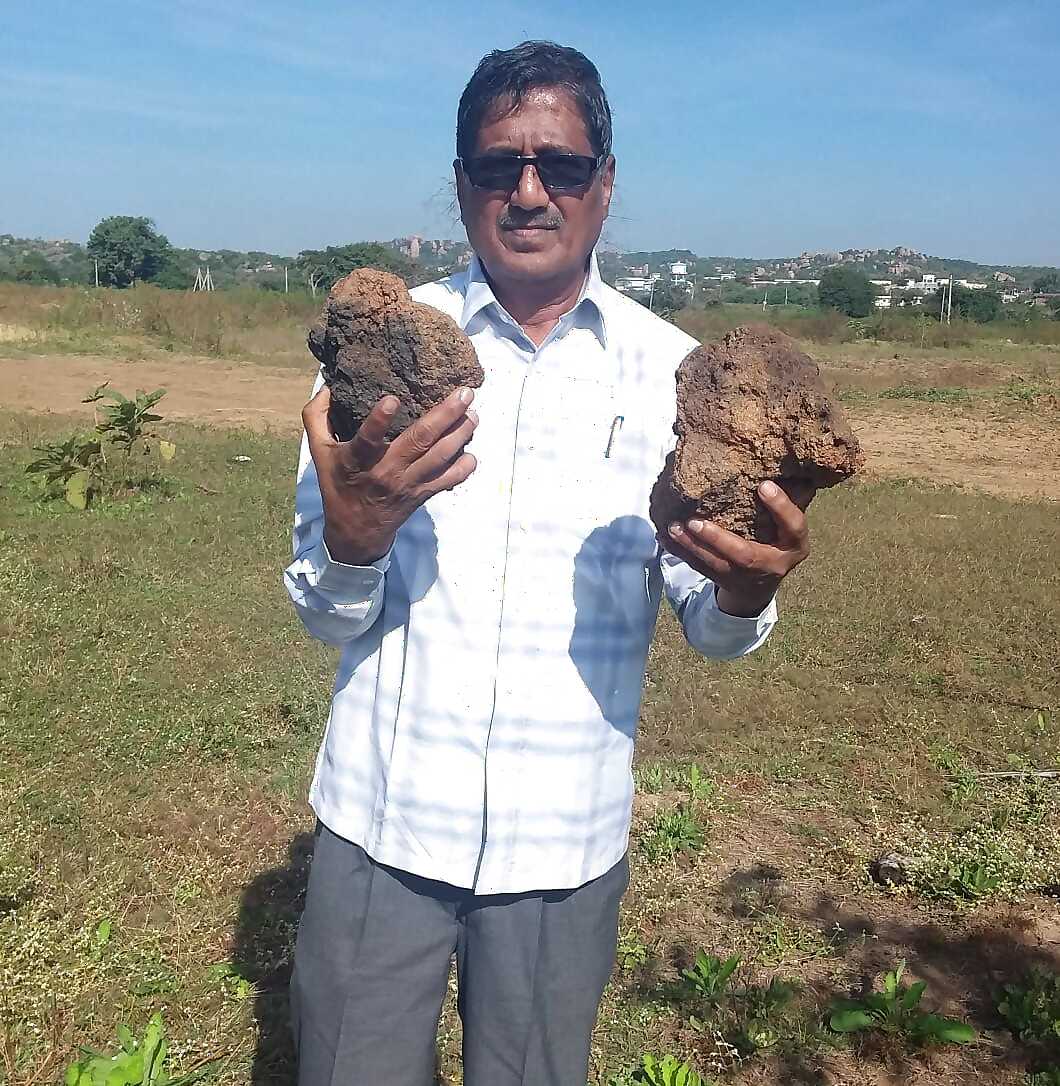
views
Archaeologists discovered a terracotta object containing Brahmi inscription written in Prakrit language and in characters of the 3rd century B.C, on the shores of River Manjira in Medak district of Telangana state.
The inscription read as “devanam” prefixed with a symbol of ‘nandipada’ by the Director, Epigraphy, Archaeological Survey of India. The word ‘devanam’ suggests the part of the title of the great emperor Ashoka of the Mauryan dynasty.
History and Archaeology researcher M A Srinivasan and his team comprising of B Shankar Reddy, B Nagaraju and N Arun Kumar discovered the terracotta antiquity on the banks of Manjira river- a tributary of Godavari river located at Kulcharam.
“This discovery of Brahmi script palaeographical assignable to Mauryan period on the terracotta is a rare and landmark epigraphical discovery in India in general and in Telangana state in particular. Three Buddhist label inscriptions were also found in rock shelters just a kilometer away from the site where this antiquity is found,” said researcher Srinivasan.

These inscriptions are in Prakrit language and Brahmi script of 1st BC-1st AD and they read as ‘Henamo Buddeya’, ‘dhama’, ‘he jama’ and are found on the rock boulders, he added.
Researchers found the antique object while they were finding a supporting ancient habitation site for the Buddhist rock shelter. The site is spread in an area of about 100 acres and is likely to yield a large number of archaeological materials besides evidence like fortification wall, terracotta objects- pot-shreds of red slipped ware, black polished ware and dull red ware.
This discovery unveils a new chapter in the history of Telangana as this is the first time we could find such precious evidence in Manjira valley, said Srinivasan.
The research team urged the Department of Heritage and the Archaeological survey of India to take up survey and excavations of the site to bring out more evidence to light. A thorough survey and search for the past three months in the rock beds and Manjira river bank could make this possible.
Three more Buddhist inscriptions were found in a rock shelter on the banks of the Manjeera in the village of Nagasanpalli, about a kilometer from where the terracotta shell was found.
These inscriptions were also written in the Brahmi script of the natural language of the 1st century BC and 1st century AD. One of the inscriptions reads ‘Hey Namo Buddha’, another inscription reads ‘Damma’ (Dharma), and the third inscription reads ‘Hey Jama’.
Archaeological excavations at the caves have uncovered traces of tools used by the aborigines during the last part of the Neolithic Age (12,000 years ago).
Read all the Latest News, Breaking News and Coronavirus News here




















Comments
0 comment